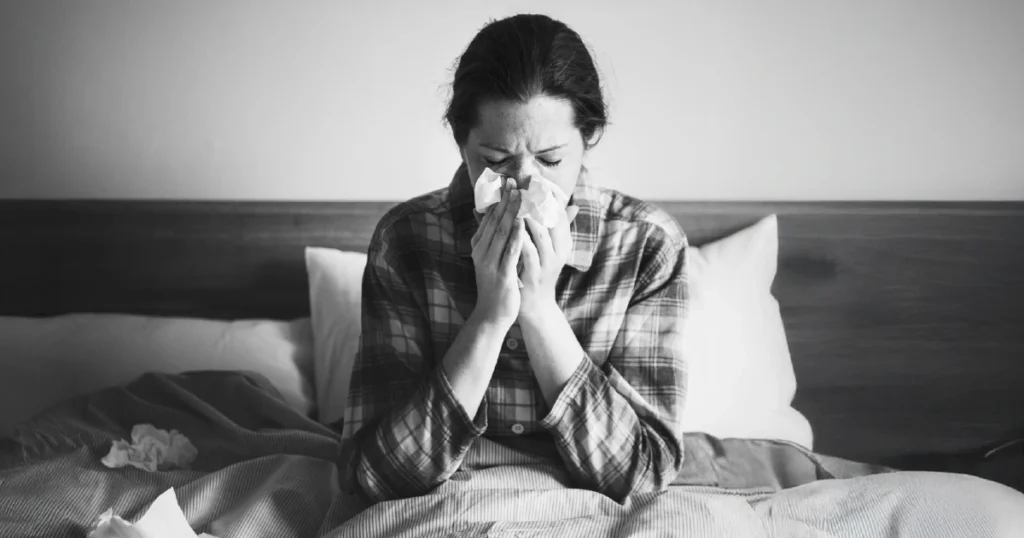At a briefing today, the head of the Africa Centres for Disease Control and Prevention (Africa CDC) said a sharp drop in outside funding, spurred by a broad shutdown in most foreign aid by the Trump administration, will lead to two million to four million more deaths each year and reverse two decades of achievements in maternal and child health. He said the cuts will also hinder infectious disease control efforts.
Jean Kaseya, MD, MPH, the agency’s director-general, said Africa CDC and leaders from African countries have been taking stock on the impacts from the cuts, which have been made worse by low domestic investment and a rise in public health emergencies.
70% drop in outside assistance
He said nearly 30% of health expenditures in Africa come from outside development assistance and that recent cuts represent a 70% decline, from $81 billion to $25 billion.
Regional groups in Africa have been pressing countries to meet the 2001 Abuja Declaration target to allocate at least 15% of national budgets to the health sector, but so far only two are on track to achieve the goal: Rwanda and Botswana.
Kaseya said the cuts come at a time when African countries are struggling with an increase in outbreaks, from 152 in 2022 to 213 in 2024, along with insecurity and humanitarian crises. He cited a World Bank figure that health crises and fragile economies could plunge 39 million more Africans into poverty by 2030.
Regarding cuts and uncertainty regarding funding reductions to the President’s Emergency Plan for AIDS Relief (PEPFAR), Kaseya said six African countries are on the verge of running out of antiretroviral medications.
Since the Trump administration announced the cuts, intensive efforts have been under way to galvanize solidarity among African countries and chart a way forward. At the global level, Africa CDC met with groups in the United States 2 weeks ago, which included public and private sector groups. This week, he signed agreements with health officials in Sweden, Norway, and the European Centre for Disease Prevention and Control.
Kaseya, speaking from Denmark today, also said he has met with representative from Bavarian Nordic in talks that also covered the possibility of making mpox vaccine in Africa. He added that he will travel to the United States next week to meet with funding groups, influencers, private organizations, bipartisan lawmakers, and government officials.
African leaders green-light 3-part plan
After hearing from African leaders and getting their buy-in, public health leaders agreed on a three-part plan to address the health cuts, which include enhanced domestic financing, innovative financing plans, and addressing financing gaps with other measures such as raising private-sector capital and local manufacturing of health-related products.
Examples of innovative financing plans might include, for example, a levy on airline tickets, targeted taxes on high-consumption products such as mobile phones, or a minimal import levy on goods entering Africa.
Latest outbreak developments
At today’s briefing, Kaseya also provided outbreak updates, noting that suspected mpox cases have plateaued over the past 7 weeks, with the number of confirmed cases decreasing due to problems with testing in the Democratic Republic of the Congo (DRC). Cases there are complicated by conflict in the outbreak hot spot and difficulties transporting samples to labs.
“Mpox is still a major health issue. We are still losing so many people,” he said.
In the DRC, health officials are experiencing a shortage of mpox vaccine amid high uptake. So far, more than 525,000 people have received at least one dose, with coverage in Kinshasa at 70% of the targeted population. He estimated that the region needs 6.4 million more vaccine doses over the next 6 months.
Elsewhere in Africa, Kaseya said Uganda continues to report a high proportion of deaths among its mpox cases, and cases are rising in Tanzania, one of the newly affected countries. So far, Tanzania has reported 55 suspected cases in 16 of its regions.
Mpox is still a major health issue. We are still losing so many people.
Regarding other outbreaks, Kaseya said Uganda has now gone 2 weeks with no new Ebola Sudan cases, and the pace of activity has slowed in the DRC’s outbreak of unexplained febrile illnesses in Equateur province. Over the past week, 37 new cases were reported, including 1 death. He said the most likely causes are malaria, suspected food or water poisoning, flu, or typhoid fever.













